
LEARNING LABS
Collaboration Spaces
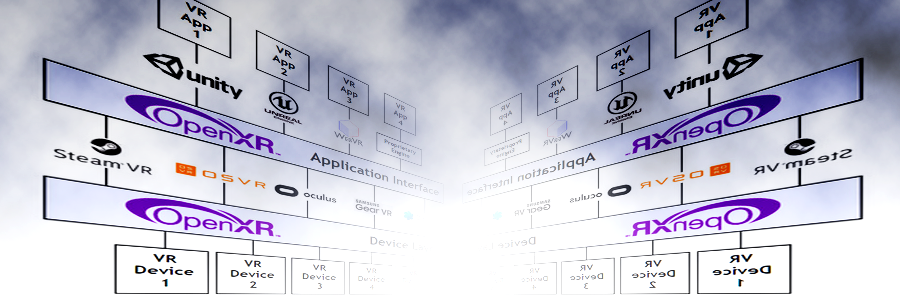
Virtual reality has the momentum for industry partners to start talking about standardization. Last week the Khronos Group announced their Open-XR Innitiative in cooperation with Valve, the game publisher and Vive headset developer. Originally called Open-VR, Open-XR is about making it easier for developers to write apps that will run on most manufacturer's VR headsets.
Valve is a leader in developer support. They've recently removed restrictions from their Steam app store allowing developers to submit apps with minimal vetting and expense. They've also created demand for their VR tracking technology with a snap-in circuit board kit for hackers while canceling the $3,000 training seminar required to buy it. Most interesting to me is their recently announced Vive Tracker manufactured by HTC. With six of these $100, puck-shaped units, I can develop a custom motion capture rig, among other things.
Valve's President and founder, Gabe Newell, said recently he doesn't believe VR has guaranteed staying power, that it could die on the vine and his company would not be surprised if it did. He could be playing both ends against the middle in a PR tactic to help his company compete against giants Sony (PlayStation-VR), Facebook (Oculus Rift), and Microsoft (HoloLens). At this point it's Valve's race to loose. Their headset for Windows PC is the current sales leader, with the Oculus Rift in second place. New PC headset announcements from Lenovo, Dell, and Acer are expected soon, with more to follow.
This casts Valve in a semi-favorable light promoting VR standards while seeding a potential standards-setting body with their own representative. It has long been a developer's challenge picking the winning platform where standards are helpful, provided that's what they're about. Waving a standards flag while down-playing a new platform's viability could be misdirection by a nervous competitor in a race for industry dominance.
T.M.Wilcox, March, 2017
Collaboration Spaces

The Ultimate PDA

Learning To Code

VR Interface Mock-Ups

Amazon's Lumberyard Engine
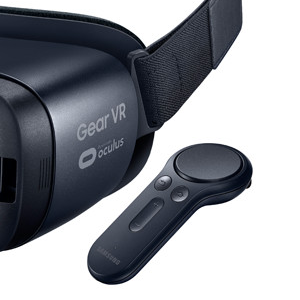
Samsung Gear-VR Controller
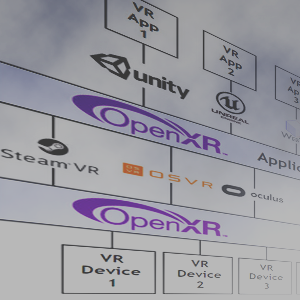
Standards For Virtual Reality

Writing Design Documents

Making 3D Objects for Virtual Reality
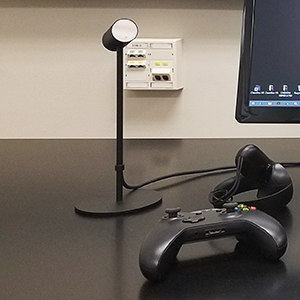
Inside-Out and Outside-In Head Tracking

Making a Puzzle App With Unity
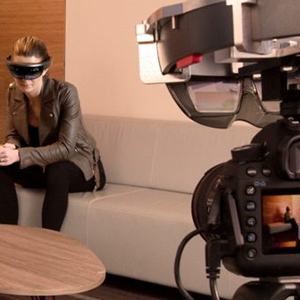
HoloLens Spectator View
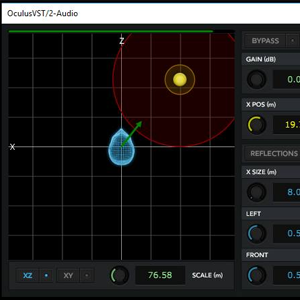
Spatialized Audio For Virtual Reality

Physical Vs. Virtual Campus Expansion

Head-Up GUI Design For VR
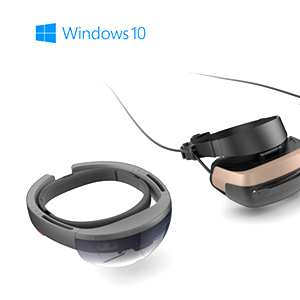
Windows 10 Creators Update

Visualizing Historic Buildings In VR
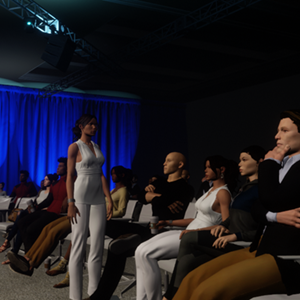
Sansar First Look

Accurate Motion Capture With Vive Trackers
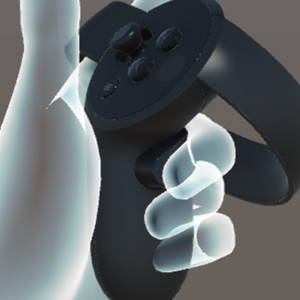
Interface Design For Oculus Touch Controllers